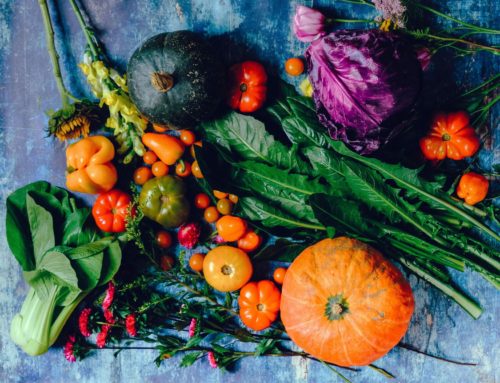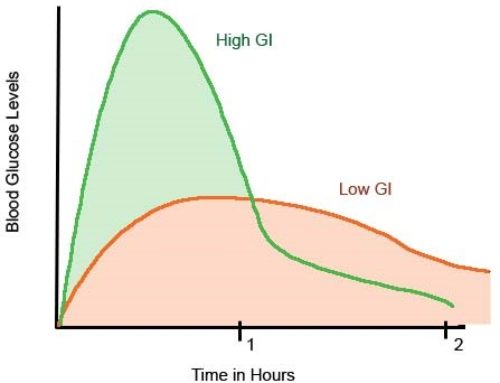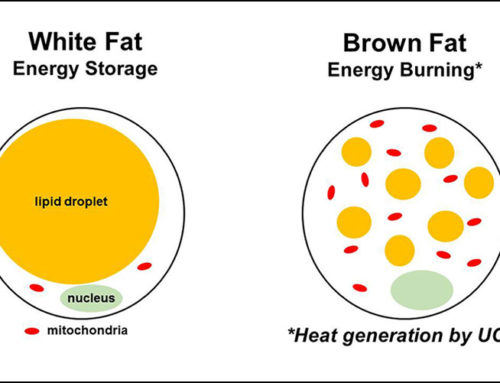Fish is a great source of protein and important vitamins and minerals. We are generally advised to eat a minimum of two portions of fish a week including at least one portion of oily fish which is rich in heart healthy omega 3 fatty acids. It is also delicious and versatile and an excellent alternative to meat.
Choosing and preparing fish
There are 3 main varieties of fish- Oily fish, which includes fish such as salmon, mackerel, sardines, trout and herring, White fish, which includes fish such as haddock, plaice, cod and shellfish. Your choice of fish will depend on factors such as the cooking method you have chosen and also the cost of the fish itself- a factor that can vary enormously so remember to check out the price per kilo before you buy. When choosing fish, it is also important to ensure that your chosen fish is fresh and has been properly handled by the seller as old or poorly handled fish can be a source of food borne illness.
On whole fish eyes should appear bright and clear and fish scales should be bright and of metallic appearance. The fish should smell fresh rather than smelling sour, overpowering or rank. The texture of fish fillets can also indicate freshness. Press down on the fish fillet with one finger and observe its reaction.
As you remove your finger the flesh should bounces back and regains its original shape, it is fresh fish is likely to be past its best if the imprint of your finger remains on the fish.
When purchasing fish it is possible to purchase whole fish or fish that has been prepared in a number of different ways including being gutted (where the inner organs and scales have been removed), dressed (where the fish is gutted and also has the gills removed), or as fillets, steaks, and chunks. Learning to prepare fish is a skill which takes a while to master. At first I would suggest choosing buying fish that has been prepared by a local fishmonger or in a supermarket. However, as you gain experience in cooking fish and enjoying it, you may wish to refer to specific books on fish preparation to learn new techniques
Storing fish
Fish should be stored on the bottom shelf of the refrigerator and wrapped up to prevent any leaking juices dripping on other foods. Fish can generally be stored in a refrigerator for 2-3 days but always check the use-by dates on packaged seafood or ask your fishmonger for advice if in any doubt
Fish can also be frozen at -18ºC or colder. The maximum recommended storage periods are around 4 months for white fish and 3 months for oily fish, smoked fish and shellfish.
As with meat, cooking times and the extent to which fish is cooked will vary. Some fish like salmon and tuna are tasty when slightly undercooked white fish, such as cod should be properly to be enjoyed at its best Cooking time depends on the type of fish and the thickness of the fillet and the cooking method used.
Cooking methods
Here we will describe some of the main ways of cooking fish:
Poaching
Poaching is the process of cooking food in a boiling or simmering liquid. To poach fish, fish should be placed into saucepan and you should then add sufficient poaching liquid to cover the fish. The poaching liquid should be brought to simmer over medium heat but should not boil as this can cause fish to break apart. Fish should be simmered for approximately 10 minutes or until the centre of the fish is opaque and fish flakes easily when tested with fork. Fish can also be poached in a microwave. In this method you should place the fish into a microwavable dish, add the poaching liquid, cover and microwave on high for approximately 4 minutes until cooked.
Poaching is a quick and simple cooking method which has the advantage of preserving moisture and adding flavour without itself adding fat although you may wish to serve poached fish in a sauce such as a white wine or a dill butter sauce (see lesson 7). Poaching is a suitable cooking method for a wide variety of fish although some that cook particularly nicely include Tuna, Salmon, Halibut and Dover Sole. Generally whole fish and fish steaks are easier to poach than fillets, as they don't tend to fall apart as quickly.
Baking
Baking is another good cooking method for retaining flavor. To bake fish place on foil and add thin slices of lemon and any other chosen flavourings (see lesson 7 for some suggestions). Drizzle over a little oil and wrap the foil up and around the fish, leaving a small opening in the top, to allow steam to escape. Fish should be baked in a preheated oven at 200C/400F for approximately 18-20 minutes.
Frying
Fish can be pan fried in less than an inch of oil or deep fried in several inches of oil. Other than the depth of fat, these methods also vary by the fact that batter is used when deep frying while generally no batter is used when pan frying. Thin fillets of fish are most suited to pan frying while thick fillets are best for deep frying.
To pan fry add thin fish fillets to a frying pan containing a thin layer of oil that has been preheated to a medium to high temperature. Fish fillets can be either added to the oil as they are or breaded with basic ingredients such as eggs, milk, bread crumbs, and lemon. Fish should be cooked on one side and flipped when the bottom is getting brown. Cooking times vary widely between fish, but generally it shouldn't take longer than about five minutes to pan fry a fish. Alternatively you can also use a griddle pan.
In this technique bring a griddle pan up to an extremely high, smoking heat. Lightly oil your chosen fillet on both sides and then griddle until it is cooked through on both sides.
The basic technique for deep frying fish involves pouring oil into a pan to about half way up its sides, heating the oil and adding fish that has been rolled into seasoned flour. More adventurous recipes for the fish batter can also be found in good fish recipe books. Fish should be deep fried until it is golden brown (after approximately 4 to 8 minutes). The exact length of cooking time depends on a number of factors including the size and type of fish fillet, the oil used and the number of fish fillets in the batch.
Course extract from the Food Preparation course by Health Academy Australia. This course is not only good for Chefs and Food Establishment owners but also excellent for the passionate home chefs or anyone who loves cooking and food.




Leave A Comment